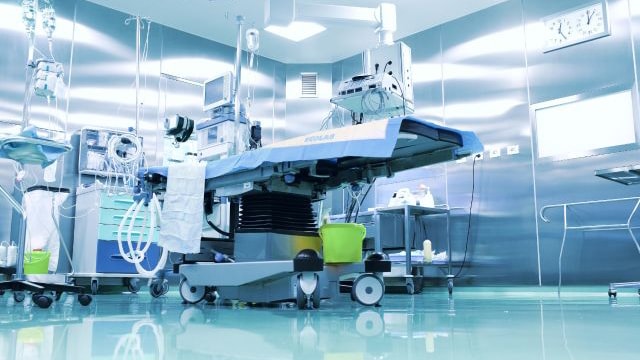Insights for Surgical and OR Management
Five of The Industry’s Top Internal Challenges and How to Address Them

Our industry is seeing dramatic shifts in the way hospitals, teams and C-level executives understand and approach OR cleanliness. Hospital surgical managers and OR directors are being pressed to find new approaches to some of the toughest problems, including SSIs. Ecolab has identified five of the industry’s top internal challenges within hospitals and paired them with insights to help address and strengthen the OR programs within your hospital.
- Talk to Leadership Differently
How do you get the attention, funding and resources to properly address SSIs from your C-level executives? Speak to what matters to them. We’re seeing CEOs, CFOs and COOs today focusing more on patient outcomes than ever before. Try tailoring your conversation around readmission rates, reimbursement, or poor customer satisfaction survey results.
- Get Aligned
Build cross-functional teams and committees for bigger issues to improve communication, quality of care, and cleaning and patient outcomes. Use multidisciplinary teams to develop cleaning procedures as part of a bundle for best practice implementation for environmental cleaning.1
- Be Open to Finding Underperforming Areas
Determine your OR’s hidden threats and high-risk areas and use innovative technology to combat them. For example, high-touch objects should be a top priority.2
- Establish A Baseline
Hospitals are being pressured to find new ways to measure quality indicators in the operating room such as cleaning effectiveness and turnover times. Measure these with surveys, monitoring programs and new reporting techniques.
- Start Small
After identifying your highest risk/underperforming areas find one small issue and focus solely on it. Begin by understanding the reason for non-compliance, considering alternatives and developing a small, pilot program to address it. Use this as a test case that clinicians can scale from.
1. Havill NL. Best practices in disinfection of noncritical surfaces in the health care setting: creating a bundle for success. Am J Infect Control. 2013;41(5 Suppl):S26- S30. [VB]
2. Source: Stiefel U, Cadnum JL, Eckstein BC, Guerrero DM,Tima MA, Donskey CJ. Contamination of hands with methicillin-resistant Staphylococcus aureus after contact with environmental surfaces and after contact with the skin of colonized patients. Infect Control Hosp Epidemiol. 2011;32(2):185-187. [IIIC]



